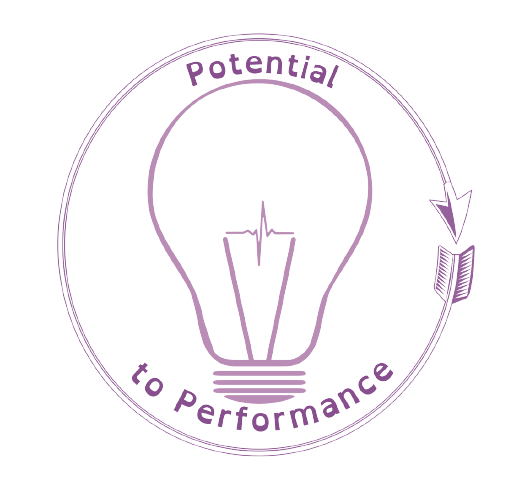By Brooke Trenwith
Strengths-based approaches are nothing new. In the inclusion field we have often spoken about the importance of working within our strengths.

When I talk with senior leaders about the Growth Cycle, I encourage them to get their teachers to pick a goal around their strengths – rather than trying to “fix” themselves. A Corporate Leadership Council Performance Management Survey (2002) study of 20,000 people found that, when appraisal goals were set around strengths, their overall job performance rose by 36%. When they were set around ‘weaknesses’, their overall job performance dropped by 27%.
We can improve our enjoyment of our roles and work more effectively if we focus on our strengths.
A key term of phrase for me is “focus on the strengths, manage the challenges”. But did you know that you can “overuse” your strengths?
This was new learning for me when I completed my Diploma of Positive Psychology. At the time, I was completing it, burnout had stopped knocking on the door and was smacking me with a sledgehammer over the head. Overcommitted, overworking and physically ill, life was not great -despite studying positive psychology!
One of our assignments was on completing a Strengths Profile. Developed in 2009, this tool is used in organisations worldwide not only to support staff wellbeing but also to improve employee effectiveness.
I ended becoming accredited in coaching around this tool and it is now my most popular one to use. I have literally had clients in tears thanking me for changing their life. And I get it, because it changed mine. At a basic level, the Strengths profile takes 60 strengths and through asking you a series of questions (that sometimes feel repetitive) it separates them into four categories. The process takes about 20 minutes.
- Realised Strengths – you are really good at them; you use them all the time and they give you energy.
- Unrealised Strengths – you are really good at them; they give you energy but you are not using them.
- Learned Behaviours – you are really good at them; you use them all the time but they are taking your energy away.
- Weaknesses – you struggle with these and they take your energy away.

When I did my first Profile, I had 45/60 sitting in Learned Behaviours. 75% of my strengths that I was pulling on were taking my energy away. No wonder I was exhausted.
I was still good at these things, but I had overused them. In the same way that if you ate the same dinner every night, even if it was your favourite, after a while you would not want to eat it anymore.
So I made a couple of tweaks. I dialled down some of those Learned Behaviours (specifically Spotlight) and dialled up some of my Unrealised Strengths (specifically Mission). When I did my next Profile, only 3 months later, I was in a much better frame of mind. And I now had 90% of my Profile sitting in Realised Strengths. I now complete a Strengths Profile every 6 months to track what I need to dial up and dial down. A good friend and fellow coach, Daria Williamson, took her learning of the Profile further and has created her own Strengths deck to use with clients. I have used these with a number of schools and organisations with great success. She has also written an amazing book called Unleash Your Awesome.

The Strengths Profile has also introduced a Leader Specific Profile and I am looking forward to trying this out with my clients and investigating my own Profile.
So, if you are feeling like burnout is knocking at your door, consider getting a Profile done. Or begin tracking what is giving you energy and what is taking it away. How can you do more of what gives you energy?
